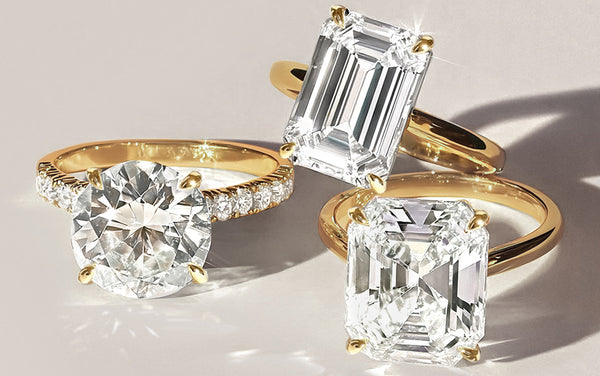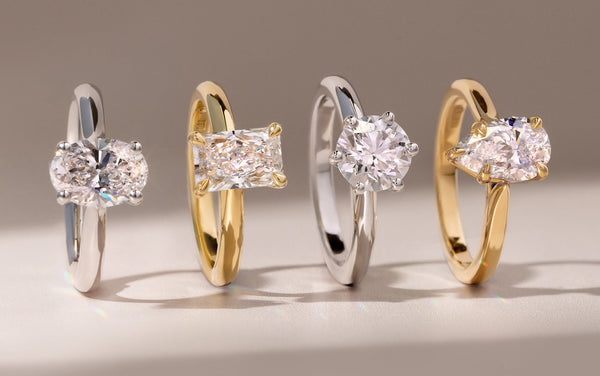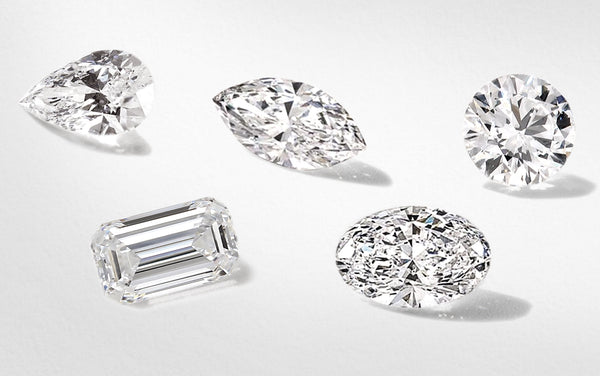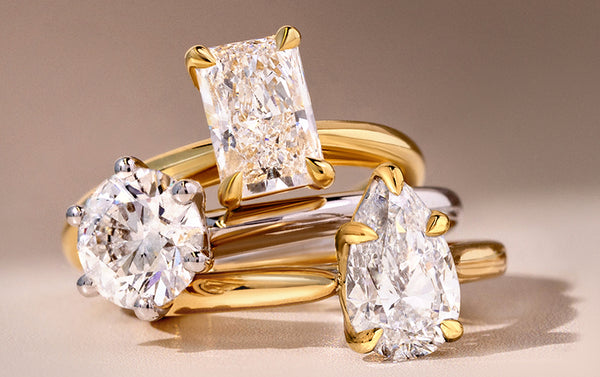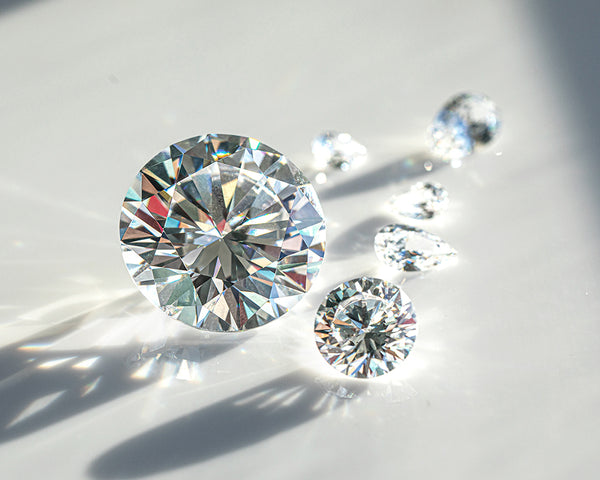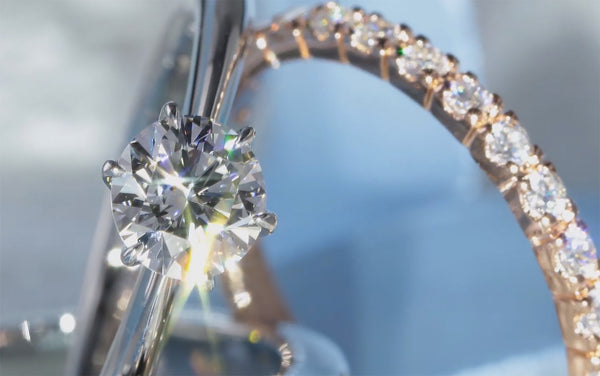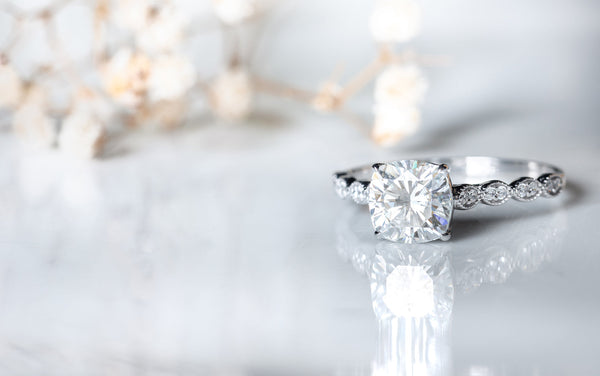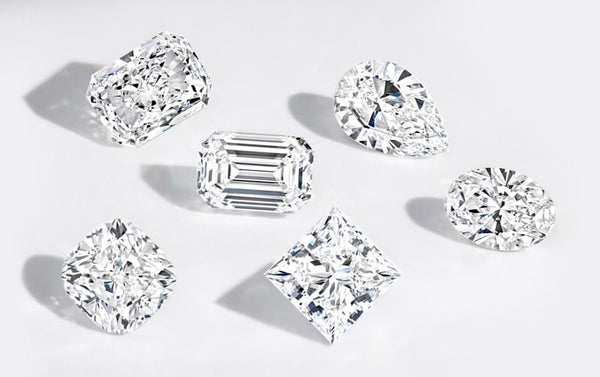Colorless Grades (D–F)
The highest quality on the color scale, D to F diamonds appear icy white and exceptionally bright. You will see virtually no color, even under magnification.
D Color – Absolutely Colorless
The rarest and purest grade, D-color diamonds are completely colorless and exhibit unmatched brilliance, making them highly coveted for luxury pieces.
E Color – Exceptionally Colorless
D and E color diamonds are nearly indistinguishable in color to the naked eye – even under close examination. Only minute traces of color may be present, detectable only by trained experts.
F Color – Colorless to the Eye
F-color diamonds offer an incredible combination of quality and value. They appear colorless to the naked eye, with only the slightest warmth being detectable under magnification.







